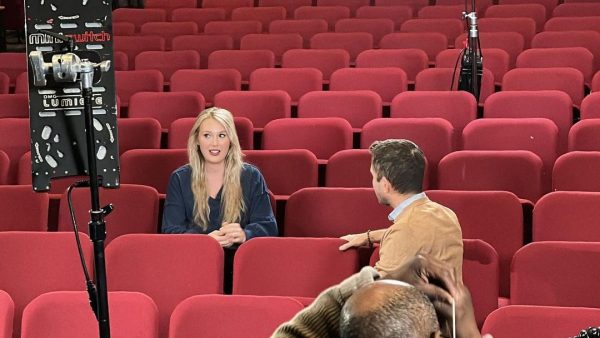What is seasonal depression?
For some in the cold months, moods can shift into a gloomy state but the winter blues may turn into something more serious. This is what people call seasonal depression. Studies estimate that millions of people are affected by seasonal depression every year.
There are also some who don’t believe in this disorder, however, for Sophomore Camille Grullard it is definitely a real thing.
“Seasonal depression is a real thing, it’s depression that correlations with the season. People’s spirits are becoming low during the winter and that isn’t fake.” she said.
“It mostly occurs when the days are shortest, somewhere around winter or late fall,” stated Noah Hush, a sophomore.
The reduced level of sunlight in fall and winter is what’s the main cause of depression and may cause low energy, or tiredness. Additionally, this decrease in sunlight may disrupt the body’s internal clock leading to having trouble sleeping and feeling unmotivated.
“That’s the time when the sun is frequently away. It could really affect a student’s life since they wake up and barely see the sun being trapped in school all day, especially those who have busy schedules. By the time they head back home it’s already dark.” Noah said.
A sophomore who is named Jasa Gellet is someone who from time to time often gets these feelings during the cold seasons. “Winter is my favorite season but I can’t help but get sad. To help, I like to go outside whenever I can during the morning when the sunlight is out, I opened my windows to let some fresh air in even though it’s quite cold, mindfully spend more time with my family and friends, and I like to exercise to feel healthier.”
Some are unable to function in their daily lives and they will need to seek professional help. Light therapy is a technique that will simulate the sunlight to help deal with the lack of light. Taking vitamin D tablets will also help with that.

Sophomore Cassandra Quach is currently on her first year as a staff writer working with the A-Blast. She participates in clubs such as Green Atoms and...







